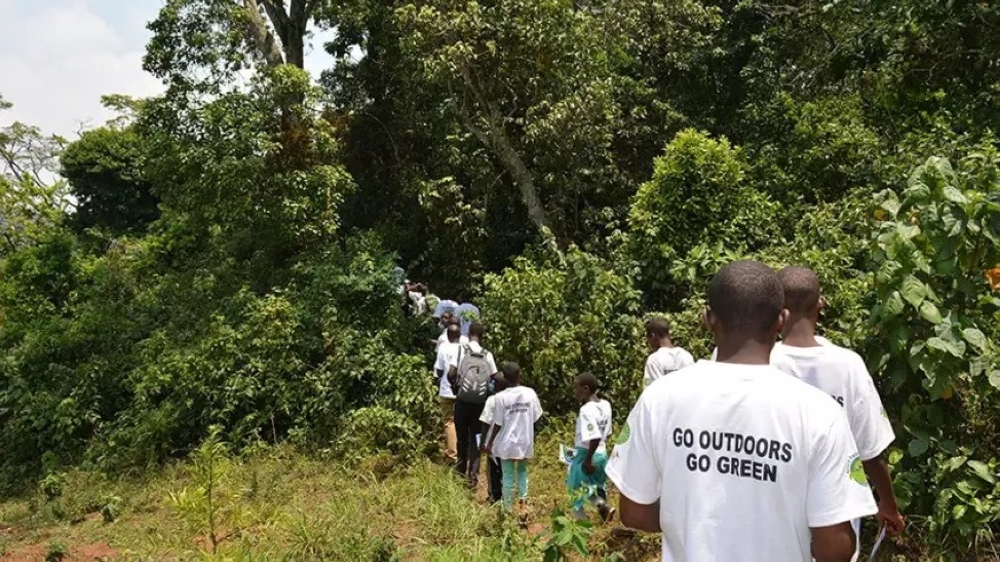

The government plan to privatize 80 per cent of state forests under the first National Strategy for Transformation (NST1) faced obstacles, mainly due to a complex negotiation process, according to the Rwanda Forestry Authority (RFA).
Those obstacles led to the target falling short, as only 54.44 per cent had been privatised by June, when the seven-year NST1 was closed.
Fidele Kabayiza, Director of Non-Timber Forest Products at RFA, told The New Times that 29 hectares of state forests were allocated to 22 companies. With 14 of the companies signed co-management agreements and while the rest signed in concession deals.
"There are still files under negotiation with the Rwanda Development Board (RDB), which would increase this to 77.04 per cent of the total area once finalized,” Kabayiza said.
ALSO READ: Govt to allocate 80 per cent of state forests to private operators
Kabayiza highlighted that the negotiation process was a major factor in the slowed privatisation process.
"The challenge in meeting this [80%] target was the complexity of the negotiation process, as it required the involvement of various institutions like the Ministry of Environment, the RDB, and the RFA, with final approval from the Cabinet before signing any concession or co-management agreements,” he said.
He explained that under NST2, a five-year plan ending in 2029, the government has not further privatization targets and will focus on value addition to the privatised forests, and monitor how the companies manage them.
ALSO READ: Rwanda allocates over 7000 hectares of state forests to investors
"Private operators are often more specialized and motivated to maximize production through efficient harvesting techniques, sustainable forest management practices, and better reforestation efforts,” Kabayiza added.
He said that they expected increased production of timber, firewood, and non-timber forest products, such as honey and medicinal plants, along with investment in better infrastructure.
"They may also bring in more investment for better infrastructure, such as roads, storage facilities, and equipment for processing forest products,” he noted.


